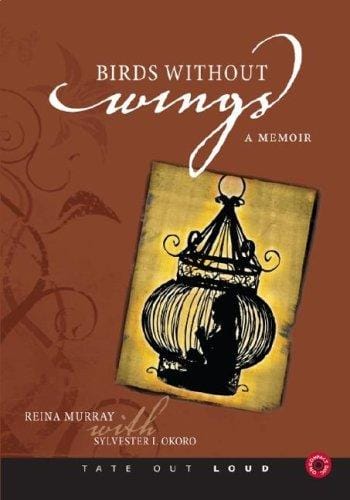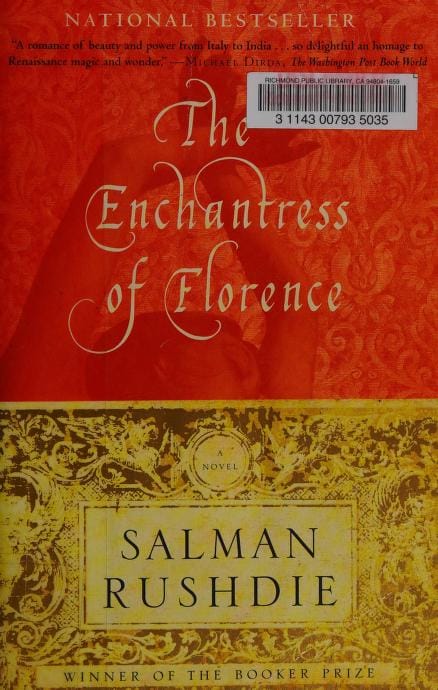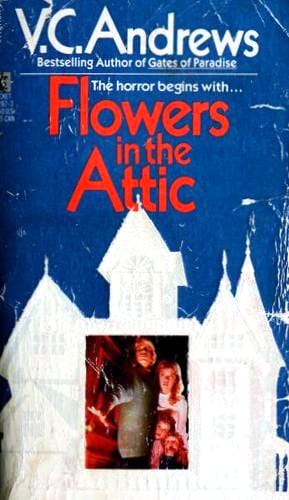Birds Without Wings: A Soaring Exploration of Louis de Bernières’ Masterpiece
Explore the plot, themes and historical context of Louis de Bernières’ novel "Birds Without Wings," a moving portrait of love and loss in a changing Anatolia.

Introduction to Birds Without Wings
Published in 2004, "Birds Without Wings" by Louis de Bernières is a sweeping historical novel that transports readers to the small, fictional Anatolian village of Eskibahçe. Echoing the richly textured storytelling of the author’s earlier success, "Captain Corelli’s Mandolin," this book intertwines intimate human dramas with earth-shaking political upheavals. The result is a narrative that feels at once epic and intensely personal, shedding light on the waning days of the Ottoman Empire and the painful birth of modern Turkey.
Plot Summary: Lives Entwined in Eskibahçe
The novel centers on a tapestry of characters whose lives intersect in Eskibahçe before, during and after World War I. We meet Philothei, hailed as the village beauty, and her Muslim fiancé, Ibrahim the goatherd, whose love story offers hope yet ultimately mirrors the era’s tragic ruptures. There is also Rustem Bey, the local landlord obsessed with falconry; Karatavuk and Mehmetçik, two childhood friends split by conscription into opposing armies; and Father Kristoforos, a wise priest who counsels unity among Christians and Muslims. De Bernières alternates these personal narratives with the larger arc of Mustafa Kemal Atatürk’s rise, showing how nationalistic fervor seeps into every crevice of village life. As the Greco-Turkish War erupts, Eskibahçe’s previously harmonious coexistence unravels, culminating in forced population exchanges that scatter its residents like birds suddenly stripped of wings.
Historical Context: The Ottoman Twilight
Understanding the backdrop of "Birds Without Wings" is essential to grasping its emotional weight. The late Ottoman period was marked by political instability, ethnic tensions, and the empire’s gradual disintegration. World War I accelerated these pressures, leading to the Gallipoli campaign, the Armenian tragedy, and competing nationalist movements. De Bernières meticulously embeds real events such as the 1919–1922 Greco-Turkish conflict and the 1923 Treaty of Lausanne into his storytelling, illustrating how international treaties signed in distant rooms irreversibly altered village destinies. By illustrating macro events through micro experiences, the novel renders history tangible rather than abstract.
Major Themes Taking Flight
Coexistence and Division
At its core, the novel examines the fragile fabric of multicultural societies. For centuries, Greeks, Turks, Armenians, and Jews shared language, commerce, and festivities in Anatolian towns. Eskibahçe’s residents switch easily between Turkish and Greek, celebrate each other’s weddings, and respectfully heed both the muezzin’s call and church bells. Yet when nationalist rhetoric arrives, these shared customs are recast as betrayals. De Bernières suggests that ordinary people rarely initiate hatred; rather, ideologues inflame difference for power.
Love and Loss
Philothei and Ibrahim embody youthful passion crushed by war’s brutal hand. Their ill-fated romance mirrors the shattered landscape, reminding readers that the casualties of conflict are not only soldiers but also the futures that might have been. Similarly, the friendship between Karatavuk and Mehmetçik underscores how politics can weaponize identity, turning brothers at heart into enemies by uniform.
Identity and Displacement
The population exchange between Greece and Turkey uprooted roughly two million people, forcing them to leave ancestral homes. De Bernières renders the ensuing psychological toll with poignancy: characters stripped of place lose not only property but also the stories and memories that anchor selfhood. The image of wingless birds captures this disorientation, depicting migrants flung across borders without the power to choose flight paths.
Character Analysis: Voices of a Vanished World
Rustem Bey’s falconry is more than a hobby; it symbolizes a ruling class clinging to authority while the empire crumbles. His complex morality—capable of generosity yet complicit in oppression—mirrors the ambiguities of history itself. Father Kristoforos emerges as a moral compass, advocating compassion over creed, and his martyr-like fate critiques dogmatic zeal. Even minor figures, such as the Armenian tailor or the tobacco girl who teaches Greek to Muslim children, receive vivid sketches, reinforcing the theme that every life, however small, forms part of the grand mosaic.
Literary Style: A Chorus of Narratives
De Bernières deploys multiple narrators, lyrical digressions, and folkloric anecdotes to evoke an authentic Ottoman milieu. His prose oscillates between poetic and earthy, peppered with regional proverbs and culinary details that stimulate the senses. The author’s decision to allow Mustafa Kemal his own first-person interludes is bold, juxtaposing an emerging national hero’s voice against villagers who will pay the price of his vision. This polyphonic structure permits empathy across ideological divides, encouraging readers to recognize humanity in every perspective.
Why Birds Without Wings Still Matters
Two decades after publication, "Birds Without Wings" resonates strongly amid current debates on migration, religious intolerance, and cultural identity. The novel warns that communities can unravel quickly when fear overrides empathy, a lesson that remains vital in an era of polarized politics. Moreover, it celebrates pluralism, demonstrating that shared food, humor, and daily rituals can transcend doctrinal boundaries.
Conclusion: A Timeless Song of Humanity
"Birds Without Wings" is more than a historical epic; it is an elegy for lost coexistence and a testament to ordinary resilience. Through Eskibahçe’s joys and sorrows, Louis de Bernières invites readers to mourn what is gone yet also to cherish the enduring possibilities of cross-cultural friendship. Like birds grounded by a sudden storm, his characters teach us that even without wings, the human spirit aspires to rise again. For anyone seeking a novel that blends romance, tragedy, humor, and history, "Birds Without Wings" remains an essential, soaring read.



